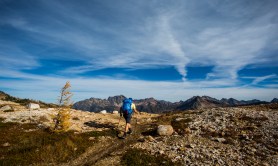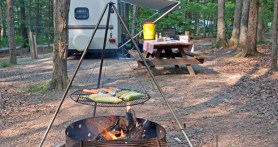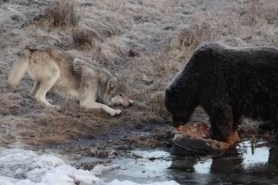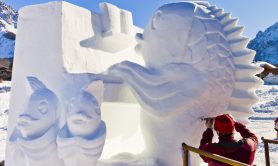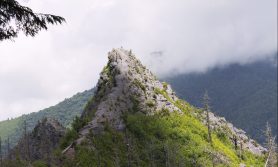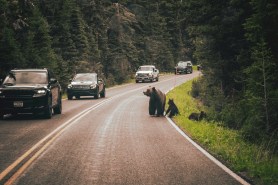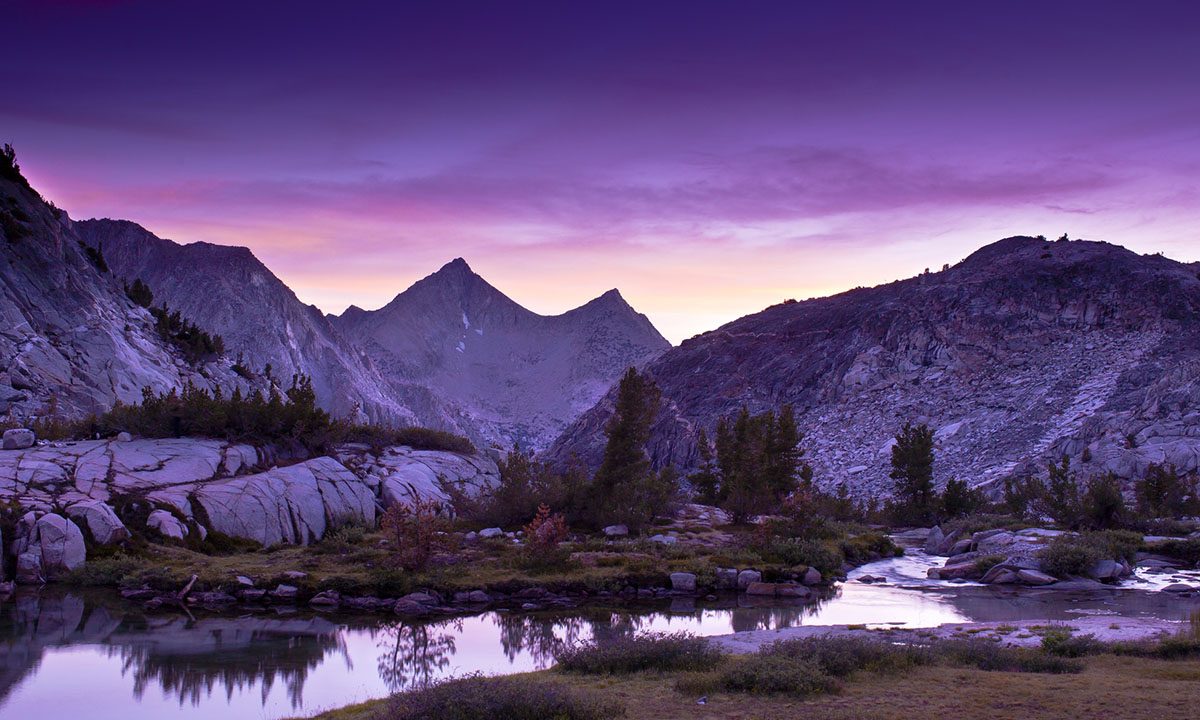

The John Muir Trail (JMT) might be the best reasonably-sized thru-hike that the USA has to offer. Most people hike the JMT southbound, starting in Yosemite and walking south through Kings Canyon and Sequoia National Parks, finishing with a summit of Mount Whitney. You read that right—the JMT begins in Yosemite and ends on top of Whitney.
Videos by Outdoors with Bear Grylls
This 213-mile trail starts pristine, carries you through majesty, and ends perfectly on top of the contiguous United States’ highest peak. The John Muir Trail has both hard hiking and grandeur in spades. Here’s some niche JMT information that you may have missed in your trail research.
5. The History Goes Further Back Than You Think
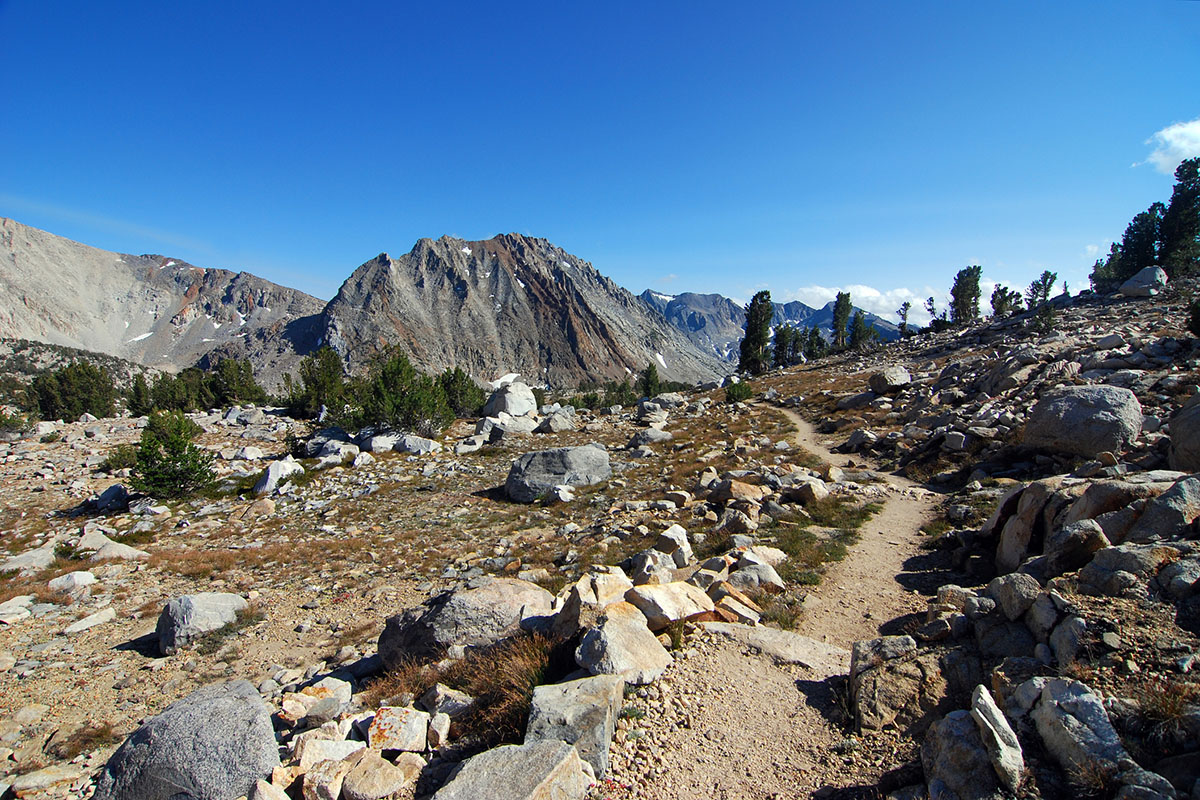
While the JMT as we know it was constructed from 1915-1932, this route of passage through the High Sierra existed long before then. Nüümü Poyo means “People’s Trail,” and the John Muir Trail follows its path. Nüümü Poyo, of course, has been used by Paiute ancestors to travel the Sierra Nevada, to trade, to foster the land around them, a long time before colonization swept through. Indigenous Women Hike, an organization of women enacting their namesake, recently led a thru-hike of the JMT. Along the way, they re-named features of the land with their original, indigenous names.
If you decide to walk along Nüümü Poyo yourself, it’s worth investing some time and energy into learning its history. A trip along the JMT places you in relationship with the native folks that have called that area home for a long time. Especially if you’re a settler and allowed easy access to this land, it also places you in relationship with their forced displacement. As you enjoy your wilderness experience, allow these relationships and this history to inform your stewardship of the trail along the way.
4. It Might Be the Best Way to See Yosemite
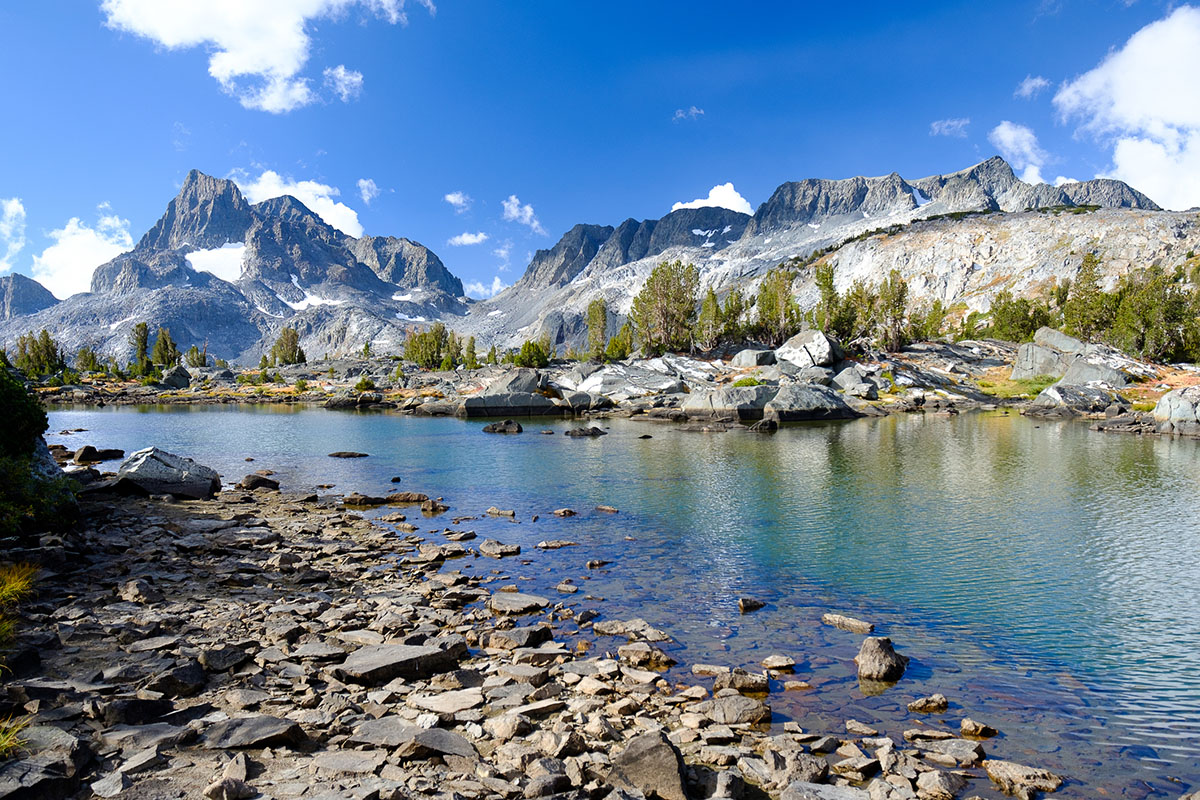
Every year, millions of people flock to Yosemite National Park to spend some time in its iconic valley. There’s a reason John Muir got Teddy Roosevelt to join him out there when they were discussing the formation of the national park system. A JMT permit will allow you to see Yosemite National Park in a way that few others can.
You’ll already be winning, because by backpacking, you’ll get away from a lot of the crowds. You might have to share the trail during the day, but you won’t be confined to the sprawling campgrounds in which most Yosemite visitors sleep. On the JMT, you’ll pass the trailheads for both Half Dome and Cloud’s Rest. You still need a permit to hike Half Dome, so try your hand at the lottery. Otherwise, you can day hike Cloud’s Rest without a permit. Some people believe it’s the better hike thanks to your view of Half Dome. If you can carry enough food, try to slip one of these side quests into your JMT thru-hike.
3. It’s One-Third of the Triple Tiara
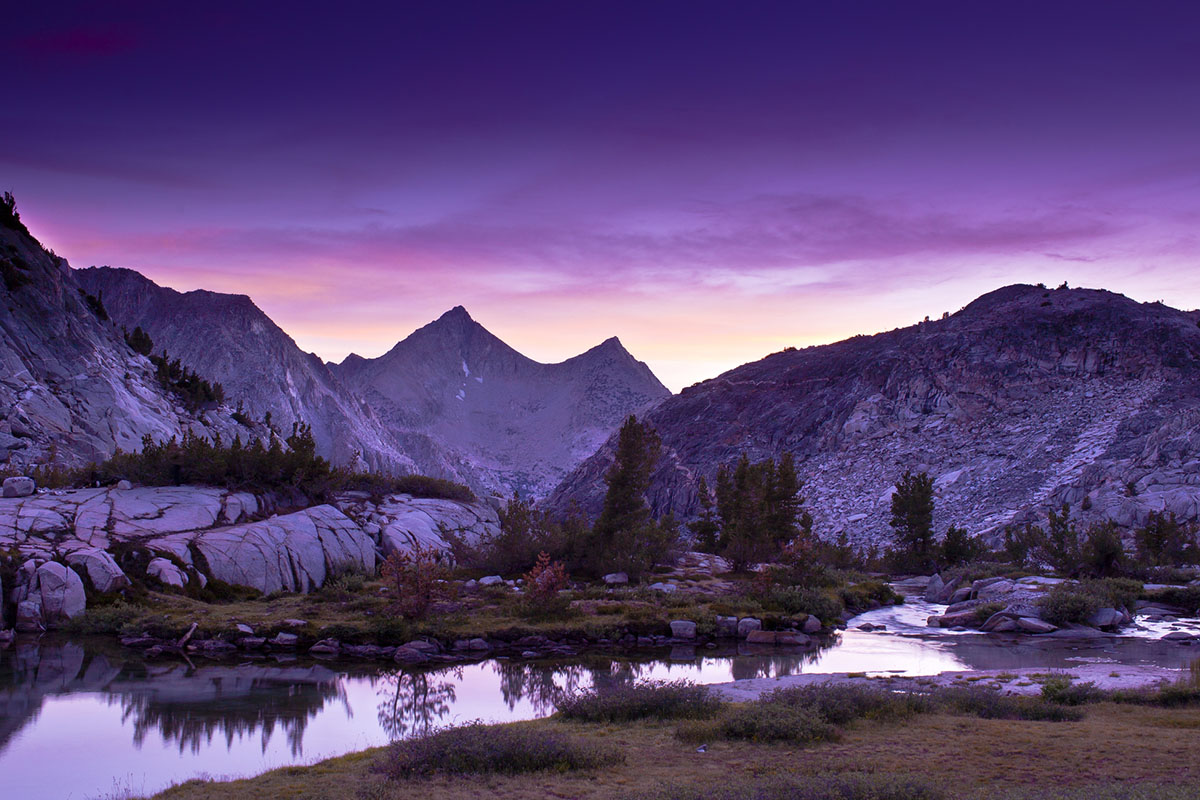
Most of the John Muir Trail is shared with the Pacific Crest Trail (PCT), a 2,650-mile route from Mexico to Canada. The PCT, if you’re not familiar, is part of what’s called “The Triple Crown” of hiking. If you hike the Appalachian Trail (AT), the Pacific Crest Trail, and the Continental Divide Trail (CDT), you’re a triple-crowner. That said, with the understanding that not everybody can take five months out of their life to go walk across the country, you could take on “The Triple Tiara.” This consists of the JMT, the Long Trail (part of the AT), and the Colorado Trail (a part of the CDT). Take on these three shorter thru-hikes to enjoy some of the crowning jewels of America’s national scenic trails.
2. The Trail Runs Near the World’s Largest and the World’s Oldest Trees
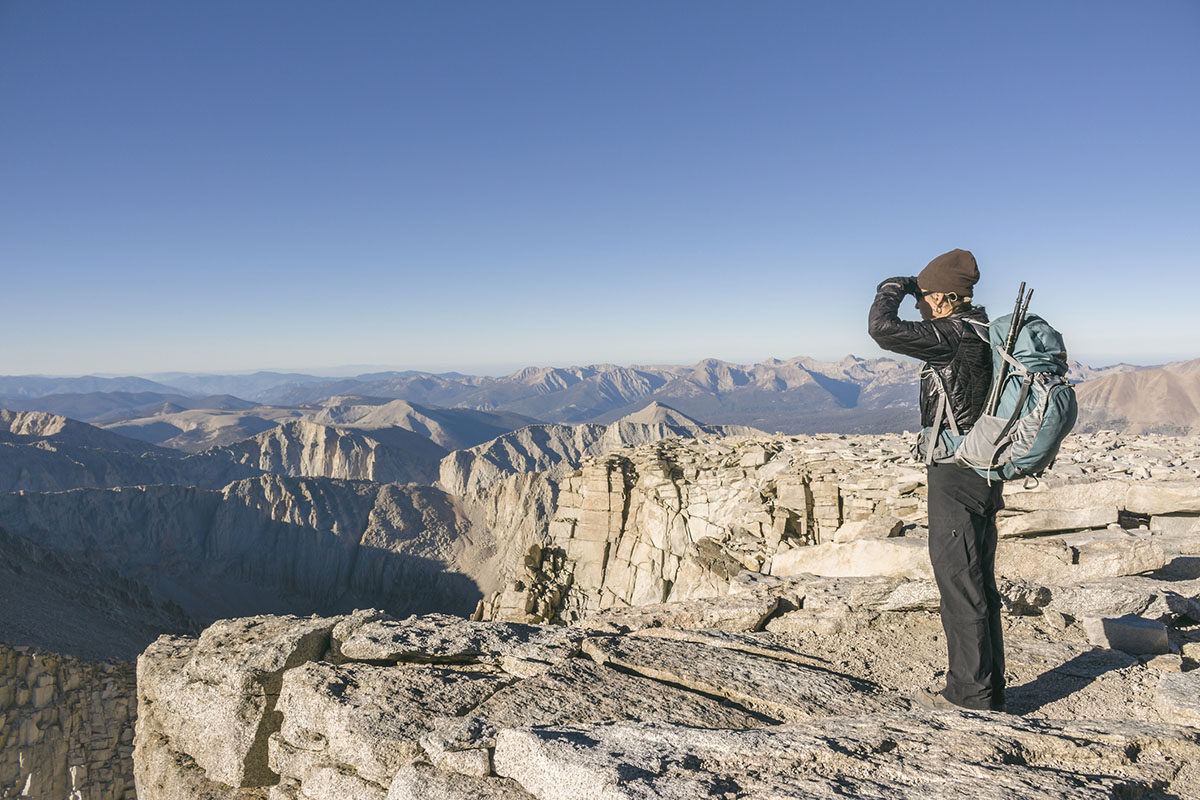
On the JMT, you’ll walk through Sequoia National Park, which houses General Sherman. Sherman isn’t quite the tallest tree in the world, and it isn’t quite the thickest, but if we measure by volume, Sherman comes out on top at 52,500 cubic feet. If you want to take in some largesse, you should take the time to see General Sherman as a part of your hike.
Similarly, while it’s a little further off trail, you could potentially stop to see the Methuselah Tree as you pass through Inyo National Forest. While its exact location is kept secret, Methuselah is a 4,855-year-old Bristlecone Pine nestled in a forest of ancient lookalikes. These ancient trees don’t grow nearly as tall as the giant sequoias, but they inspire a different, more understated kind of wonder.
1. The Trail Is a Memorial
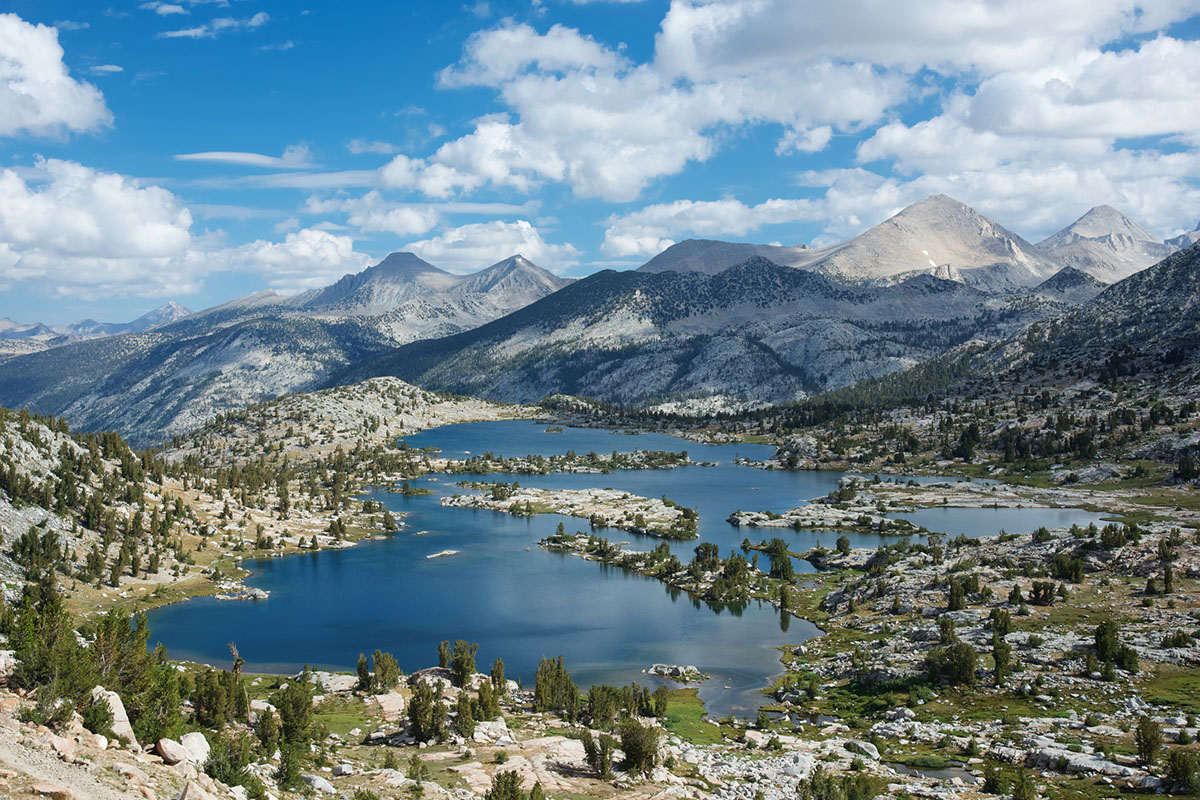
A common misconception is that it was John Muir himself who first walked the path of the JMT. While native people and animals walked this path before anyone else, Muir didn’t pave the path for the modern-day JMT either. Instead, it was Theodore Solomons and the Sierra Club. The trail construction in the early 1900s occurred as a part of Muir’s legacy, to memorialize him after he passed in the mountains he loved so much.
John Muir was a great early force in American conservation. Often called “The Grandfather of the Sierra,” he would go out into the mountains with nothing but old, crusty heels of bread. He had none of our modern conveniences, but would stay warm by tending to a fire of pine needles throughout the night. To get a sense of the man, read his writing. “A Wind-Storm in the Forests” is my favorite. It really gives you a sense of how well he knew the land, and it’s great as an encouragement to go out there and get to know the land yourself.


